Ditch Wheat and Ferment Ancient Grains 🌾
Meet my guest Alison Kay who shares 3 projects plus recipes to get started today
Today, I have a special post for you; I have invited
Kay, writer, podcaster, and ancestral food educator, to chat about ancient grains. Alison is passionate about good food. Having come to ancestral food from a place of health crisis, she understands on a deep level how real, unprocessed, and in some cases unadulterated by agriculture, are the types of foods our bodies need. I met Alison when she reached out in the early days of The Fermentation School to Meredith Leigh (TFS co-founder) and me when we were doing a call-out for teachers.I’ve come to know Alison, an excellent educator (people love her courses!) and a wonderful person. We recently did a webinar together on ancient grains for The Fermentation School, and she is so knowledgeable about these grains and how to use them that I thought you would like to learn from her as well. I am excited that she is here today to introduce us to ancient grains.
Ancient Grains 🌾
First things first, Alison, can you paint us a picture of what an ancient grain is…
I like to describe ancient grains as ‘old school’!
Agriculture is said to have begun 12,000 years ago, but in reality, our ancestors have been eating grains for much longer, with archaeologists finding samples dating back 32,000 years. The grains our ancestors have used for thousands of years are ‘ancient’ - they’ve not been intensively bred, hybridized, or modified by man.
Can you give us some examples?
The most well-known ancient grains are from the wheat family: einkorn, emmer, and spelt. But there are many more ancient grains, including rye, oats, and millet.
How do ancient grains differ from modern wheat?
Wheat as we know it began in the 1950s, with a movement to increase crop yield that was later termed The Green Revolution. During this period, wheat (and other) grains were selectively bred and hybridised to increase yield and make them disease-resistant. These strains, then as now, require substantial chemical input, in the form of fertilisers and pesticides to survive.
Ancient Grains are different. They are sustainable, are consistently higher in nutrition, and bring so much more flavour and variety to the table!
You’re the resident ancient grains teacher at The Fermentation School. How did you come to be so focused on ancient grains in your work?
I’m a grain fermentation geek but I use solely ancient grains for three reasons. Firstly, I chose food for health; modern wheat was developed for yield, but health never entered the picture. I prefer to choose an ancestral grain that is higher in nutrition for myself and my family. Secondly, I think our industrial food system is killing both our society and the world, and I want to support farmers who are doing things differently. It’s a form of activism. And thirdly, the flavour! Ancient grains have such deep, rich, and varied flavours, and that brings me such joy. Modern wheat just can’t compete!
OK, you’ve convinced me! How can I start fermenting ancient grains?
I’m happy to hear you’re raring to go! And I’ve got three different fermentation projects for you: porridges, drinks, and bread.
I want these methods to excite and be accessible to everyone, no matter their experience level, so I’ll give you a ‘start here’ option and a ‘go further’ idea too.
Ancient Grain Fermentation Idea Number 1: Make a Porridge
Start here: A fermented ancient grain porridge can be as simple as mixing a cup of rolled/cracked ancient grain (try oats, barley, or millet) with water and a tablespoon of live starter (sourdough discard, milk kefir, yogurt, or apple cider vinegar). Stir and cover it, and then leave on the counter overnight before cooking up the next morning. If you’d like to see me doing this, you can check out my YouTube post, Fermenting Oats.
Go further: For generations, the Scottish enjoyed a wild fermented oat porridge called sowans. It’s easily digestible, has a smooth, creamy texture, and tastes of honey! And, in the process of making it, you not only create a fermented porridge, but the liquid you ferment it in becomes a tangy, probiotic-rich drink. I have a sowans course at The Fermentation School which walks students through, using video, how to make this in their kitchens.
I know a lot of people have made and loved sowans—it’s one of our most popular courses at The Fermentation School. I’ve read the reviews!
Yes, you’re right. Oats are a grain that so many people love and this Scottish ferment is such an exciting way to transform them!
So let’s move on to your next ancient grain fermentation project, drinks…
Ancient Grain Fermentation Idea Number 2: Make a Drink
Ancient grains have been fermented into drinks and beers by populations worldwide for many centuries. I regularly make two examples in my kitchen.
Start here: Boza is a fermented drink that uses the gluten-free, ancient grain millet and hails from the Balkan region of Europe. It has a historic pedigree - fermented millet has been found on pottery shards dating to the 8th century BCE. You can read about Boza here.
Go further: Up until five hundred years ago, ale (the unhopped, precursor to beer) was made throughout the UK (where I live), by women in their kitchens. It was a regular task, essential for survival, just like bread-making. Inspired by this, I make an unhoped, ancient-grain English ale, at home, using standard kitchen equipment and a home-grown yeast. You can learn more about the ale here and read how I make it here.
How do these ancient fermented drinks taste?
Different! The boza is tart and sweet and it’s fizzy on your tongue. The ale is much sweeter than modern beer and has none of the hoppy bitterness that we associate with ale or beer today. All my family loves them.
Thanks, so let’s get to your last project; bread…
Ancient Grain Fermentation Idea Number 3: Make Some Bread
Ancient Grains come into their own in bread. They have so much more flavour than modern wheat and can provide a delightful and nutritious accompaniment to your meals. And they don’t have to be complicated! As you’ll see below, you can start with something as simple as pancakes.
Start here: Pancakes (or crepes) are an easy way to incorporate ancient grain fermentation into your life. A wheat-style ancient grain flour, such as spelt or einkorn, can be mixed into a thick batter with water and a starter, left on the counter overnight and then poured into a well-warmed, buttered pan the next morning. Hey presto - breakfast crepes!
This method also works well with the psuedo-grain, buckwheat. There’s a recipe for fermented buckwheat pancakes made from whole buckwheat grains on page 21 of my free ebook, Baking with Ancient Grains. You can download a copy here.
Go Further: Rye is an amazing ancient grain that lends itself so well to sourdough. It’s sweeter than wheat and has an incredibly rich flavour; think of the wonderful legacy of Eastern European and German breads. It also has a lower gluten content than wheat and the gluten it does contain is of a different structure. This often means those who cannot handle wheat bread, can eat rye sourdough without issues.
My husband is one of those who cannot eat wheat but thrives on rye sourdough and I spent years perfecting rye sourdough bread (initially for him, but now my son and I both love it too!). I distilled all of that knowledge and experience into my course at The Fermentation School, Rye Sourdough Bread: Mastering the Basics where you’ll learn how to create and maintain a rye sourdough starter, make a rye sandwich bread and a delicious traditional Russian rye sourdough, plus get recipes for your sourdough discard including a rye spice cake.
How wonderful. You’ve given us so many options, Alison, thank you! What advice would you have for someone excited to dive in but unsure where to start?
I consider my fermentation practice fun and go with what brings me the most joy. Look around you. What’s growing? How does that intersect with what you enjoy eating? How do you want to play with that in the kitchen?
If you’d like more inspiration, I’ve got several places to send you:
Check out my podcast, Ancestral Kitchen Podcast. There are episodes on fermented drinks, as well as the ancient grains millet, rye, spelt and oats.
Download my free ebook Baking with Ancient Grains. It has the buckwheat pancake recipe I mentioned earlier, plus a sourdough bread recipe for one of my favourite ancient grains, spelt, which didn’t get a mention here.
Thanks, Alison! This is wonderful. There are so many fun ideas. The question is where to start? I can’t wait to see what you all think and make. Please leave questions, projects, and ideas about your own journeys in the comments.





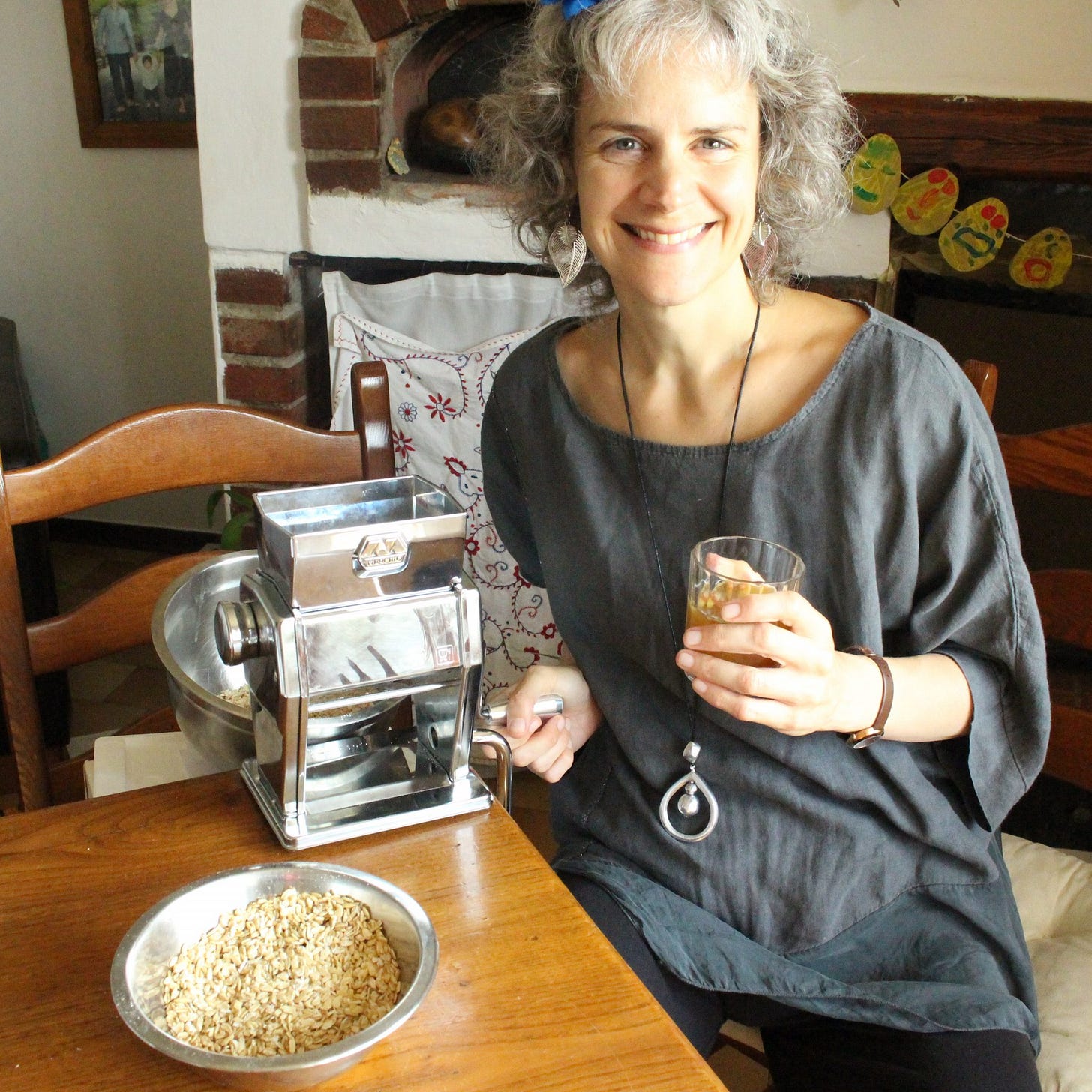

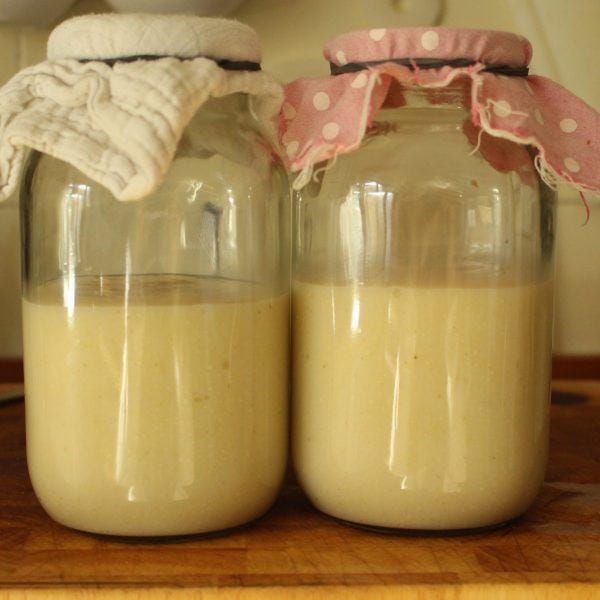
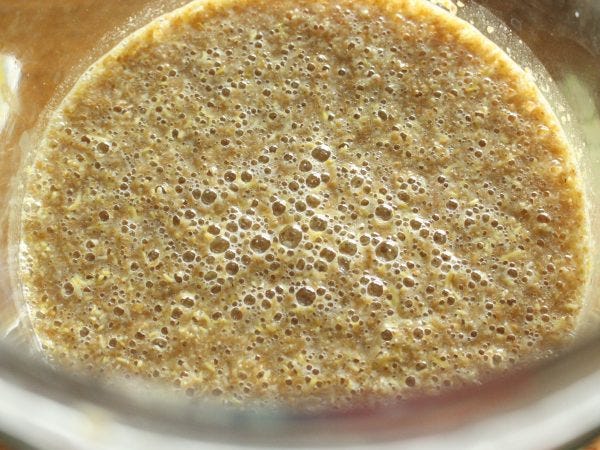
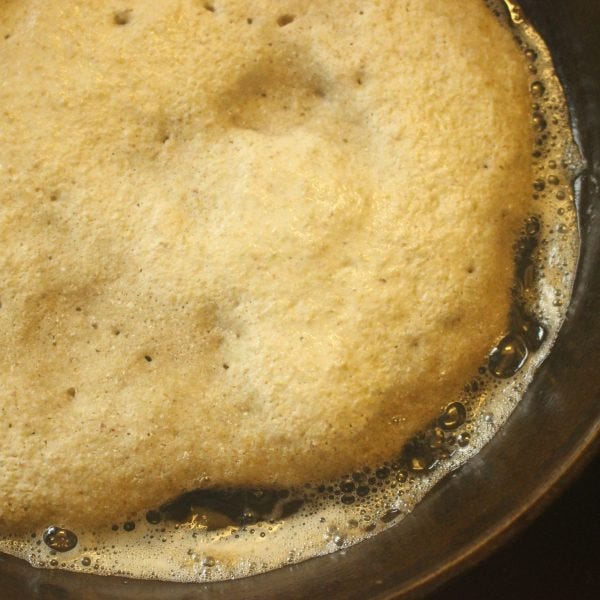
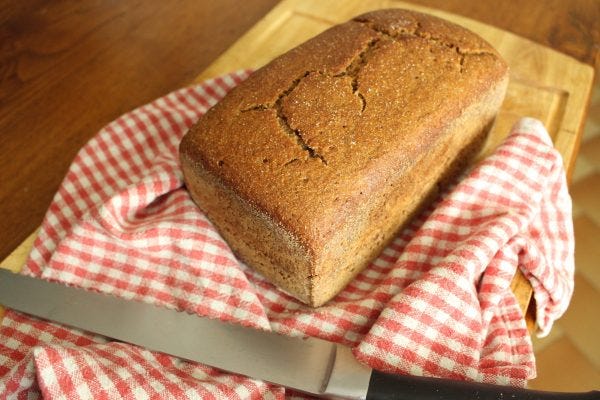
Wow, this is awesome resource, thank you for this Alison and Kirsten! Will be bookmarking this for future use. I'm GF and I did try making beer from malted grains like amaranth, sourgum and millet many years ago but the taste certainly didn't warrant the effort I had put into it. So this Boza sounds like I need to try it.
What a great read! What about Red Fife wheat? Not sure that was modified for monoculture ??